|
At last back in the studio after my hand injury. The papier mache pieces waiting there and completely hardened and ready to be assembled. Reminding me of berries on bushes and at moment investigating the tales around the song about the mulberry bush:
From wikipedia... 'Here We Go Round the Mulberry Bush” is often sung as part of a children’s game. Historian R. S. Duncan, a former governor of England’s Wakefield Prison, suggested that the song originated with that 420-year-old institution’s female prisoners, who exercised around a mulberry tree.'
0 Comments
Such an interesting chat online about how the recent pieces (made up of the hundreds of now torn up drawings from the 90s mashed up with tiny texts and copies from the old photo albums) are reminiscent of a kaleidoscope.
A kaleidoscope is such an interesting umbrella term to call the series. A kaleidoscope made up of a number of reflections. They work on the principle of MULTIPLE reflections. One is the actual object, the rest are reflections creating symmetrical patterns. Now the new pieces have been made up of 2,3 or 4 smaller elements stitched together by a 'band' that holds them together (healing/promoting knitting together/making a scar) they have an uncanny symmetrical feel... A 'mirroring' which I have explored in earlier work. As well as hinting at the scarring of bodies and the continual renewal of skin the pieces also hint possibly at a continual play with different patterns and formations of the SAME motifs and narratives that spill out differently each time a new piece is made. So I'm hoping to write more soon about how the reflecting/mirroring that may or may not happen when we try and forget/ reorganise/obsess about deep or recurring memories plays out in my new pieces. I should try to develop these ideas for a project bid to work with other disciplines in the researching of these ideas. First image Untitled from 1995(?) Pastel on paper Second image Agnes, Millie, Mum Version 2 papier mache, pva glue, gold paint and gouache Here are some images from latest work.
And a few notes here copied from my sketchbook 'At last I am tacklingthe issue of MATERIAL AS SUBJECT. The 'collage' needs to be brought further into the centre of the process. Tearing of the many photocopies from the album and loose Noskwith/Saksoshansky photos/ postcard copies important to reflect upon. The very act of tearing is the key. It allows for the idea of forced fragmentation - the pulling apart of the family from home/each other. The pain of my heritage in Lodz/Odessa/Chemnitz. And then The business of processing (digesting?) the fear of what has happened and making a new story, that celebrates survival. The bucket is full of water and the little pieces are scattered in. Like a cookery session. Then LEFT. Like time - space to age/change Overnight and through several days PROCESSING happens. Softening of the dispersed pieces - mixed up images. Located by chance one next to another in confusion. Akin to childhood confusion about silences, gaps, FRAGMENTS. Then pulling these out to remake, remould into a new AMALGAMATED object. A survival piece. An object that puts the pieces back together again.... At last all settled in the new studio at Rogue.
It has become a great haven and I'm lost in the process of bringing together all the ideas for work that Ive been mulling over for the past few years. This question - how can the very process and form of the work equal or be the embodiment of the content? is the basis of all the work. I feel that the space has given me the opportunity to lay out lots of previous work and drill down into this... And at last I feel I have found the method/material and process that matches the ideas. How to describe the longing and lost joys of a fragmented, secretive past? The tearing up of old artwork (mainly pastel work) and emptying into a bucket to fuse with the blurred photocopies of the Langhammer and Sakoshansky photographs, has felt like a renewal of histories - a digestion... I will journal the process in a blogpost later this week... For now the space feels like a magical play space that can expand to accommodate the ever growing experiments... Art in Manufacturing Residency ApplicationToday I completed an application for the Arts In Manufacturing residency with Standfast and Barracks...Its an exciting opportunity to have time to work with specialist fabric printers... I wrote about making a large immersive installation: ‘A Dream of Home’ is my way of describing the project I'd love to invest time in. It would provoke questions about what is ‘home’ and how histories of exile and survival might be visualised in a staged room setting that would cross the boundaries between domestic and public, decorative and non-decorative. One of the little collages I made this winter sets the tone for the thinking about a motif I might use in a possible fabric print. I can imagine the joy of populating a space with decorative objects reminding me of our lost home/s (Odessa, Chemnitz, Lodz) bringing past and present, fictitious and non fictitious together. Today I finished the second coat of whitewash on the brick in the Rogue Studio. I can't wait for all to come together and move in properly! I was enthralled by my journey to Southport to see the Gordon Cheung show...He has managed to find a visual language that engages everyone with the complex identity questions he is concerned with. The use of space in the gallery was inspirational. The experience has given me impetus to look back at the huge amount of lace material and related photographs that I have called 'Lace and Longing'. As luck would have it I bumped into curator Stephen Whittle and mentioned to him how I would like to put in a proposal to use the gallery space to develop ideas for a large installation piece. So spending these last beautiful summer days in September working on ideas to send.... Above is a section of the Cheung installation at the Atkinson...Unfortunately finishing this weekend.
One of the small collages (7 more in this series) I made to go with the Russian Mat as part of the Displacement Aesthetics project at The Whitworth Art Gallery and part of the exhibition now up 'Threads of Displacement'. It has been an emotional journey revisiting my piles of faded photocopies but all feel 'right' in context of the project. I hadn't been into the little boxes of letters/ printing pads since the Dark Room installation, and it was somehow comforting to make out the names of the cities all these wonderful women would have visited. All made more poignant by the fact it was International Womens Day the week show opened. https://www.whitworth.manchester.ac.uk/whats-on/exhibitions/upcomingexhibitions/tracesofdisplacement/ New thoughts about coming and going during my trip to Spain and onboard ferry from Portsmouth to Santander.
Childhood memories of grand stories of ports and departures, tears and losses mingling with solid new ground. The colours of the rainbow mix to create a set of new adventurers all clothed in a colourful mix of energies gleaned from cultures from each corner of Europe. The experience of seeing the Joan Mitchell show has deeply affected me.
'Painting as feeling' it certainly was. Astonishing to see the sheer power and confidence in each stroke. And although I have never painted much it was enthralling. I will need to think about the impact it might have on the collages... More on this to come. This morning I spent with the amazing 'Displacement Aesthetics' group at the Whitworth exploring ideas around the collection. We have been talking through many complex issues about politics, power, identity and culture which are all being opened up by the group working alongside curators at the Whitworth. The aim is to see how to rethink the displays and collecting policies of the gallery through the lens of displacement and have this as a model that other galleries and museums might want to use. All the info is here about the project
https://www.alc.manchester.ac.uk/history/research/centres/cultural-history-of-war/displacement-aesthetics/ It is a huge privilege to be working with this group and I have been so moved by the sharing of our stories. The issue of postmemory came up in relation to my contribution. As part of the group I have chosen the following piece http://gallerysearch.ds.man.ac.uk/Detail/18506 It is a Russian mat and will be the focus for my responses to all the generous and deeply provocative conversations. The collage I have been making this winter using all my old pastels from the late 90s is somehow also in the ring with my thinking about these debates.... The reframing and digging underneath the surface of often violent stories of displacement which have often generated such powerful new stories... Also I am reminded again of the often large and significant gaps (see the Still below taken from the video made 15 years ago 'From Bohemia') that are part of these important conversations. |
Finding HelenaI began writing this blog to share the 'process' of making a new project that brought together the research, collaborations and issues as they arise in the making of a piece of work. Archives
July 2024
Categories |



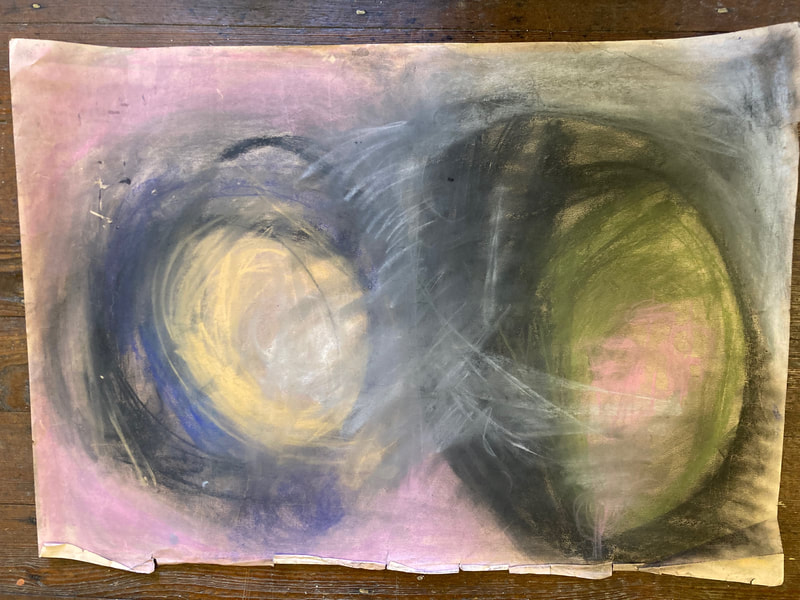
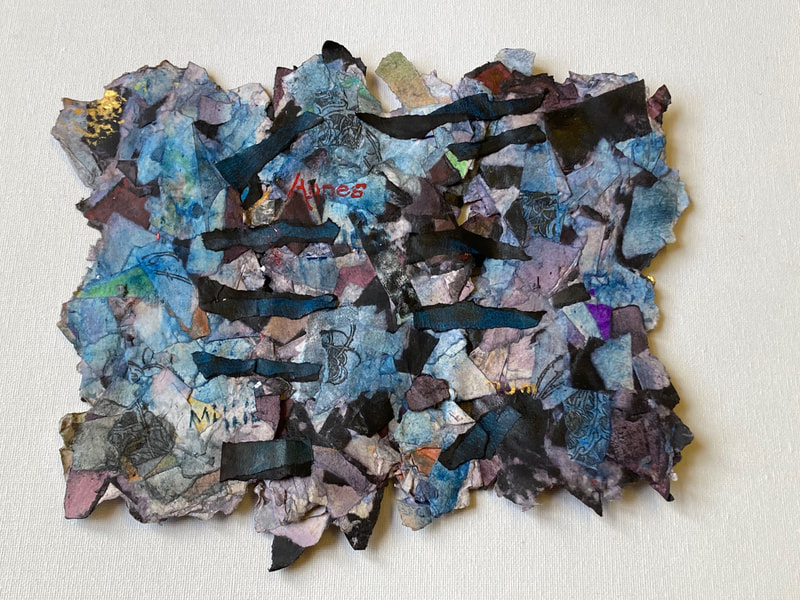
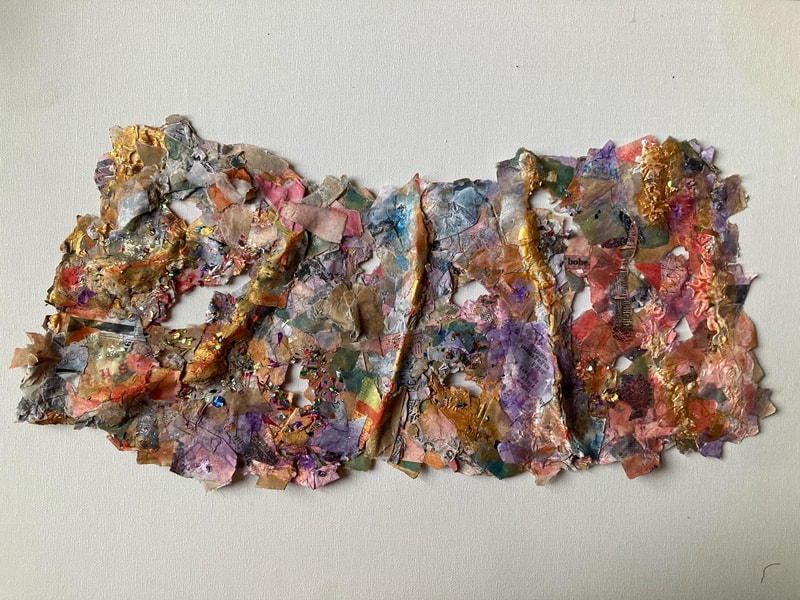
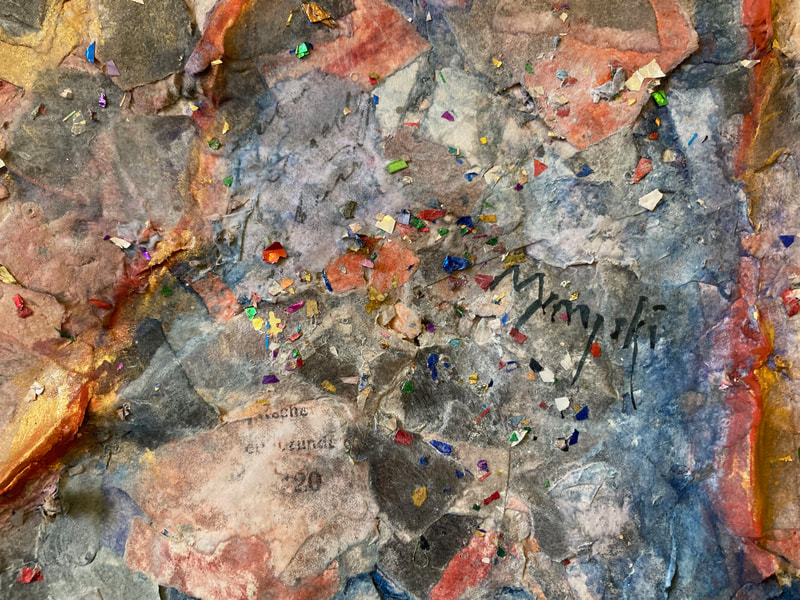
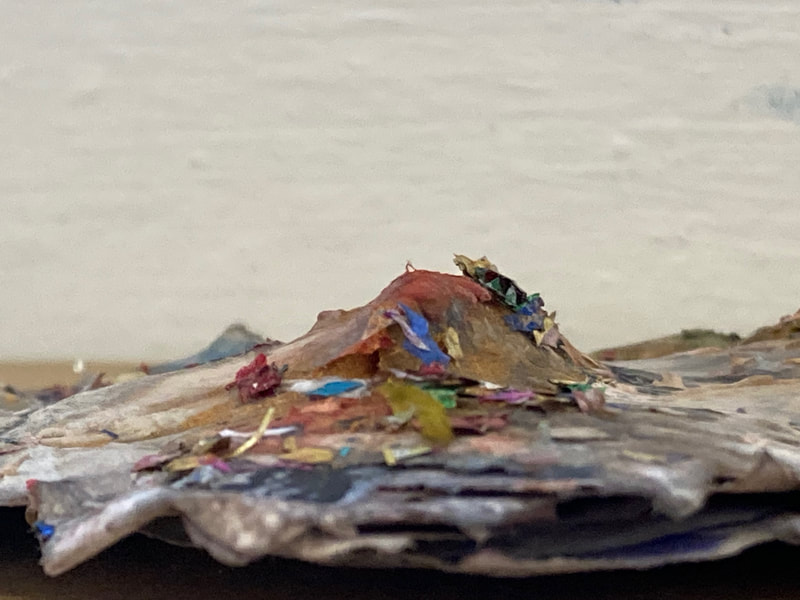
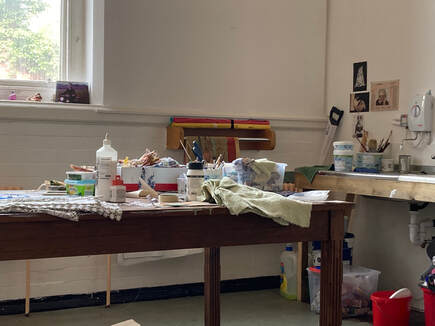

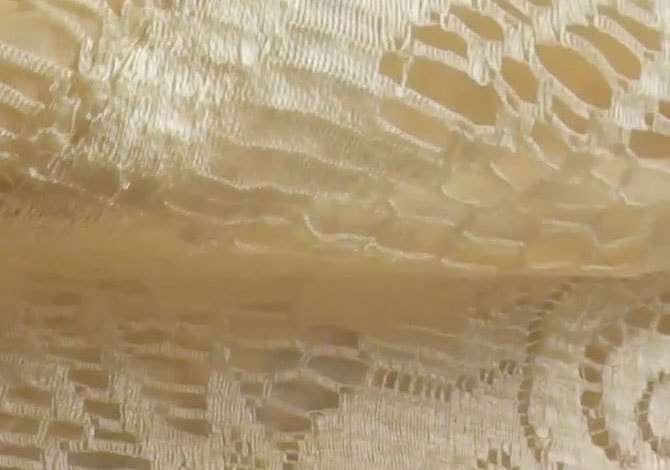
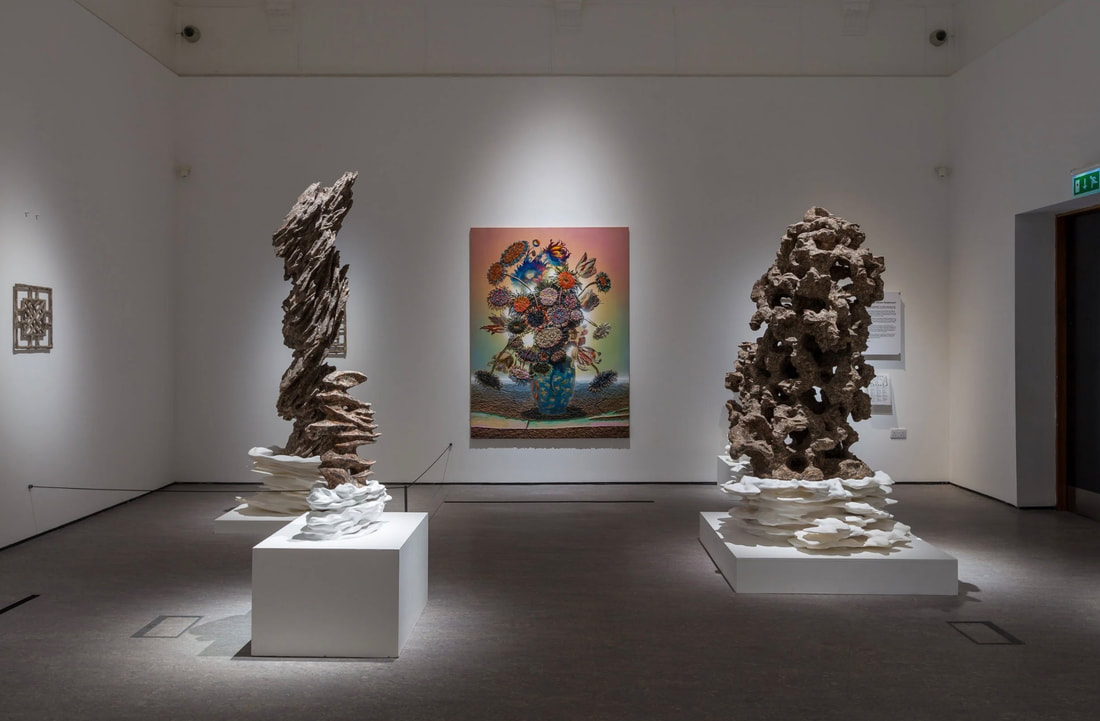
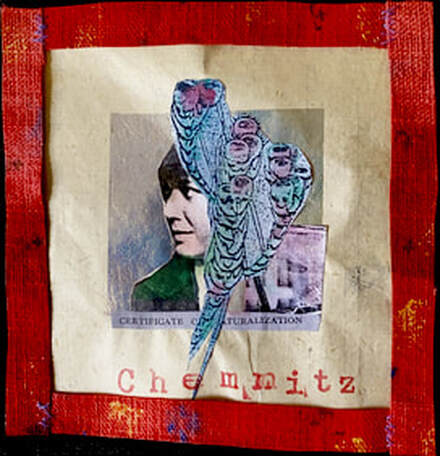
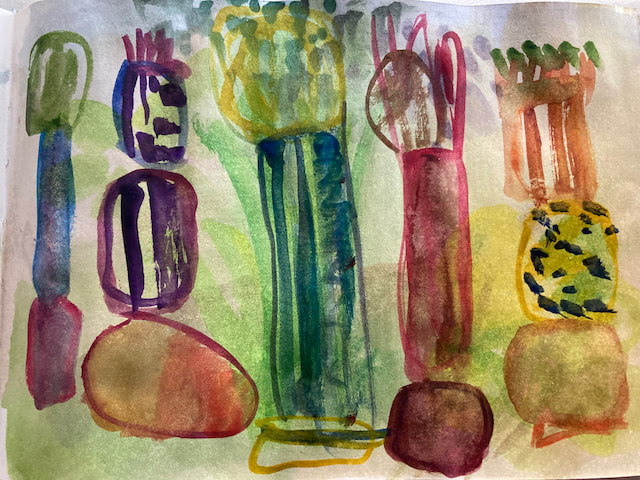
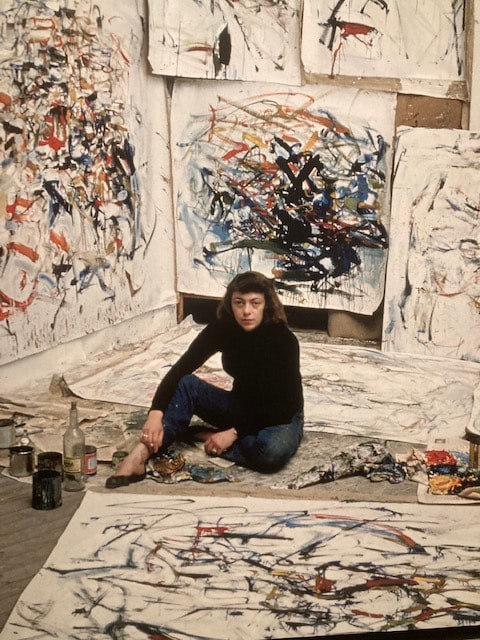
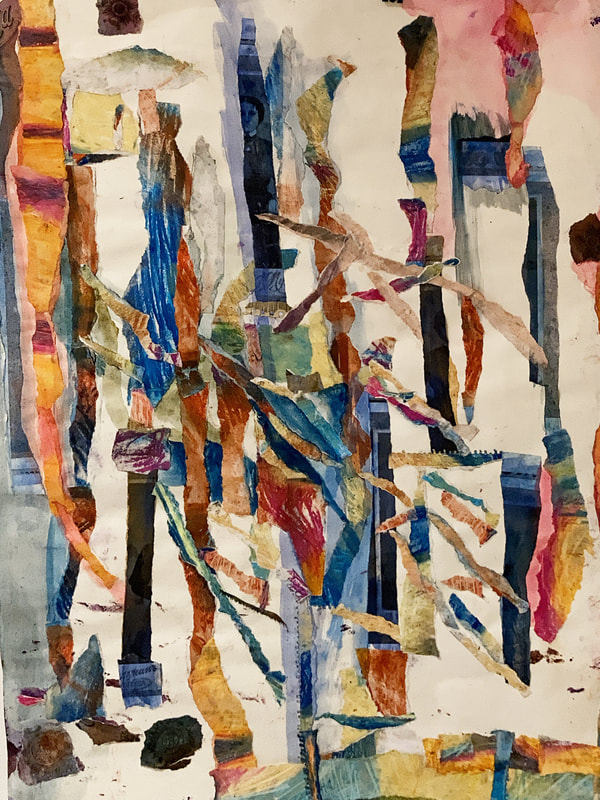
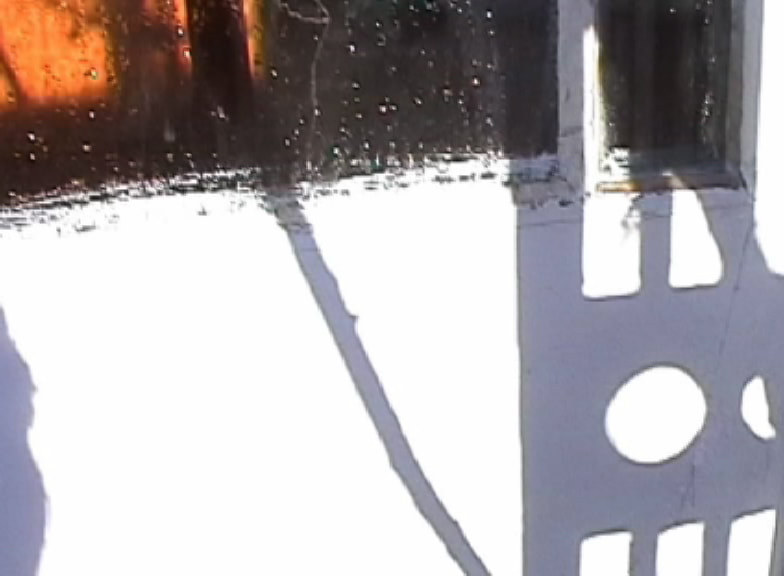
 RSS Feed
RSS Feed
